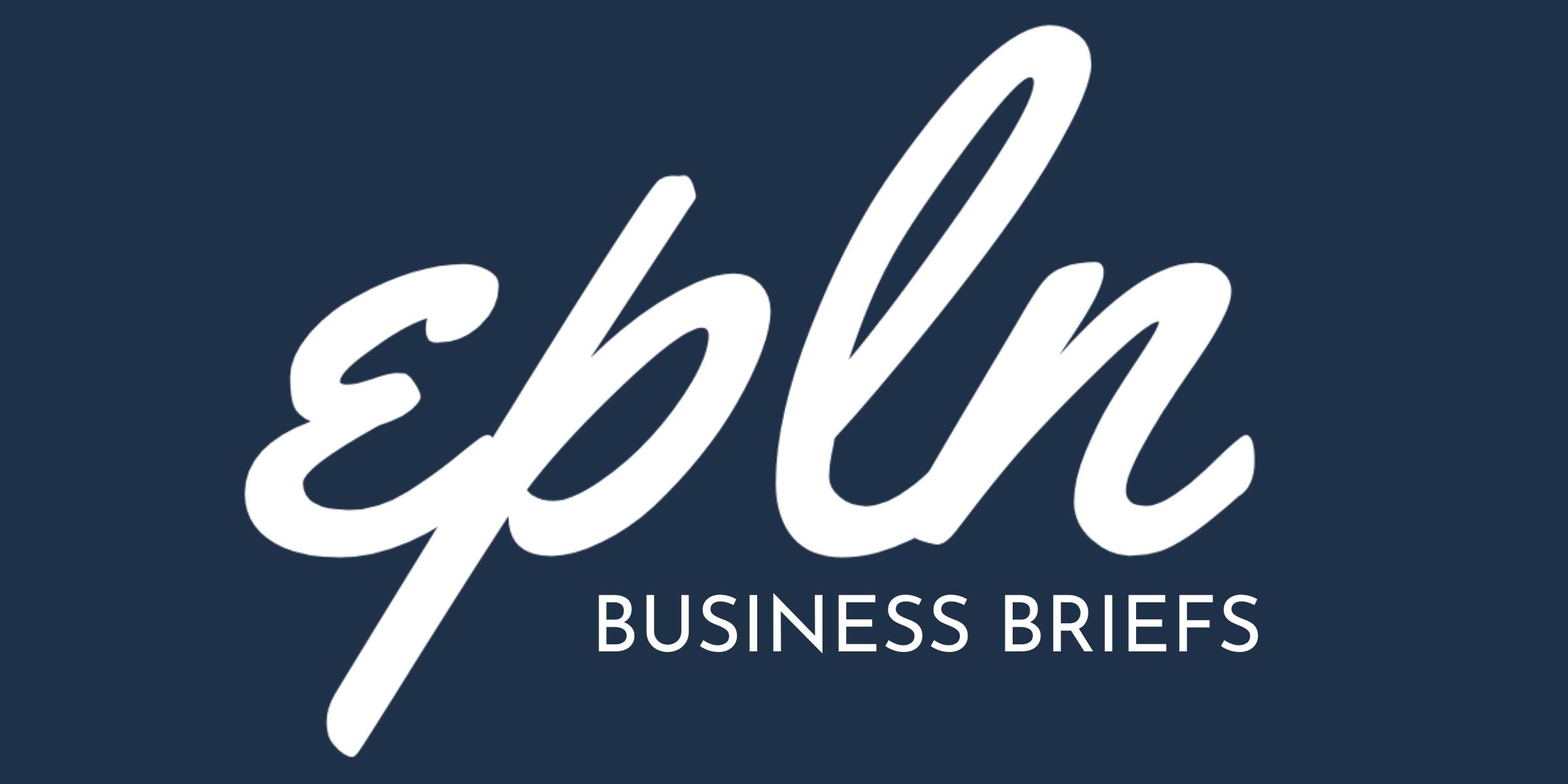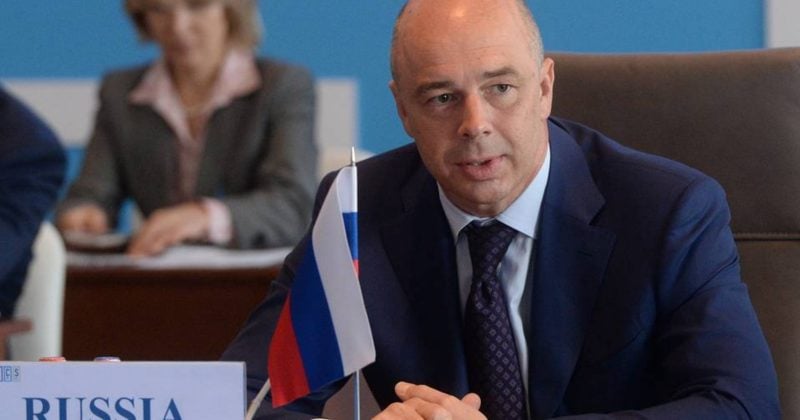- Dow, S&P 500, Nasdaq sell off amid jobs report surprise, fresh inflation worries
- Green venture finance weathers the storm
- With 73% ownership of the shares, International Personal Finance plc (LON:IPF) is heavily dominated by institutional owners
- Financial Data Exchange to Set Open Banking Standards
- UK watchdog extends motor finance complaints deadline to Dec. 2025
Sean Karaman, a freshman at the University of Nevada, Las Vegas, hadn’t always paid close attention to his credit card spending. But after taking a personal finance course on campus last fall, he said, he is much more likely to pay as he goes.
You are viewing: Now on the College Course Menu: Personal Finance
“I’ve become best friends with my debit card,” said Mr. Karaman, 21, who plays on the U.N.L.V. hockey team.
More than two-thirds of states require high school students to take a personal finance class before graduation, according to the Council for Economic Education. Now, personal finance courses, offered mostly as electives, are sprouting up at public and private colleges nationwide and getting a boost from a new initiative by Stanford University. While some colleges have long offered personal finance classes, the new effort to develop and promote college-level personal finance instruction carries Stanford’s academic heft.
“There really is a need among all students, and society as a whole, to learn more about personal finance,” said J. Daniel Chi, chairman of the finance department at U.N.LV.’s Lee Business School.
Annamaria Lusardi, an economist and a financial literacy researcher who has directed the Stanford program since 2023, said people today were expected to shoulder more responsibility for their finances than in the past, when jobs came with fixed pensions rather than 401(k) plans that require workers to save and invest their own funds for retirement.
“We have to manage our own money,” Dr. Lusardi said. “It’s too complex, to use common sense and rules of thumb.”
Yet Americans have consistently shown low levels of financial literacy. On average, adults correctly answer only about half of 28 questions about concepts like earnings, savings, insurance and risk comprehension, according to an annual assessment of Americans’ working financial knowledge known as the P-Fin Index.
The Stanford initiative aims to make personal finance education more accessible to more students, including first-generation college students and those from low-income families. In addition to holding an annual conference for educators, it collaborates with colleges and provides instructional materials and mentoring. It’s funded by a multimillion-dollar donation from Charles R. Schwab, the discount-brokerage pioneer, who is a Stanford alumnus; his wife, Helen; and the Charles R. Schwab Foundation for Financial Freedom, which supports financial literacy among young adults.
See more : Germany’s ex-finance minister calls for Syrians to return home
More colleges have embraced the subject as research in the field has deepened, said John Y. Campbell, a Harvard economist who has taught a personal finance course for several years. It also helps to spark student’s interest in an economics major.
“It turns out it’s a very good vehicle for teaching basic economics,” he said.
The courses typically cover concepts like compound interest and the time value of money — the idea that a sum of money generally is worth more now than the same amount in the future, because of factors like inflation and the ability to invest — but details vary by institution.
Because Harvard can offer generous financial aid to its students, Dr. Campbell said, they aren’t as concerned about educational debt as are some students at other colleges. Many Stanford graduates move on to careers in technology, so its introductory course covers topics like valuing stock options and the role of venture capital, said Michael Boskin, a Stanford economist who taught the course last year with Dr. Lusardi. The goal, he said, is to get students to understand how to think and reason their way through financial decisions.
Dr. Boskin introduced the course with a colleague in 2020 after former students told him that they wished they had known more about evaluating pay and benefits packages when weighing job offers.
Elisabeth Curtis, a senior lecturer in economics at Dartmouth, taught a personal finance course at its Hanover, N.H., campus for the first time last spring, to about two dozen students. Dr. Curtis said the course, which also explores the psychology of how and why people make decisions about money, was designed for students in non-finance majors.
Terrance Odean, a finance professor at the Haas School of Business at the University of California, Berkeley, said 900 students had enrolled for the spring session of his introductory personal finance management course. It covers major financial decisions like choosing a career, spending vs. saving and making investments, as well as how overconfidence and “present bias” — the tendency to value immediate benefits over long-term rewards — can affect choices.
Alexandrea Coe, 19, a sophomore at Berkeley majoring in rhetoric and conservation & resource studies, took the course in her first semester.
“I was aware of a lot of the things we went over, but I really didn’t understand them,” she said. One lesson that resonated, she said, was that as a young person, “your greatest asset is time,” so it pays to start saving and investing early.
Stanford’s course covers basics like borrowing and credit scores, and investing principles such as diversification, or managing risk by investing in different types of assets. Students analyze various scenarios, such as choosing between investments and citing the reasons for their choice, and discuss the impact of taxes, fees and inflation on investment returns.
See more : The 8 Easiest Financial Resolutions To Stick To, According to Experts
They also learn that financial decisions often involve trade-offs, Dr. Boskin said: Your comfort with financial risk may depend on whether members of your family rely on you, and when considering job offers, you may favor a flexible schedule over a higher salary.
“How do you value these things?” Dr. Boskin said.
Some have criticized the notion of financial literacy as a distraction from the need to make the American financial system more equitable.
Dr. Odean at Berkeley said financial instruction wasn’t a panacea. “I don’t think that people are in financial distress because they didn’t take my course,” he said. “We’re teaching them how to navigate the rules as they currently are.”
Harvard’s course aims to help even wealthier students understand the financial difficulties faced by those from less affluent backgrounds, Dr. Campbell said. “I also ask students to think critically about that system,” he said.
Here are some questions and answers about financial literacy instruction:
Do colleges give academic credit for personal finance classes?
Most colleges offer credit toward graduation for introductory courses that combine economic concepts with principles of personal money management. (Some schools may also offer noncredit financial coaching or counseling, as a student service.)
Is personal finance instruction effective?
An analysis of 76 studies, published in 2022 in The Journal of Financial Economics, found that financial education programs on average had “positive” effects on financial knowledge and behaviors.
How can I test my own financial knowledge?
Dr. Lusardi helped develop a series of questions on concepts that are fundamental to financial understanding, such as compound interest, inflation and whether it’s riskier to buy the stock of a single company or to invest in a stock mutual fund. You can take a three- or five-question version of the quiz on the website of Stanford’s Global Financial Literacy Excellence Center.
Source link https://www.nytimes.com/2025/01/10/business/personal-finance-college-course.html
Source: https://summacumlaude.site
Category: News







